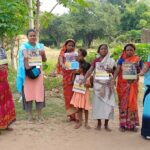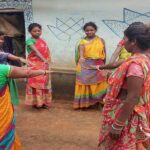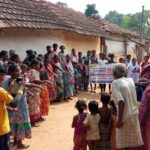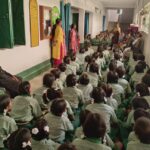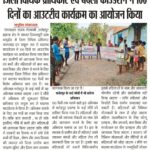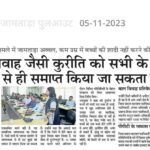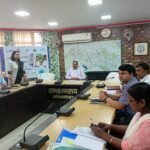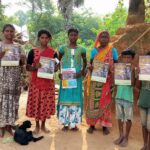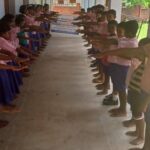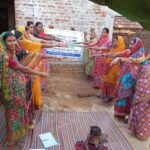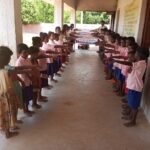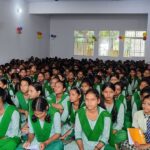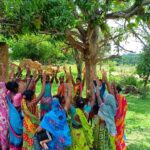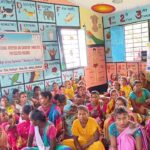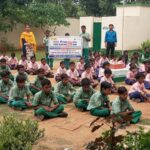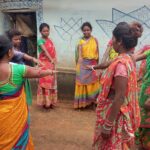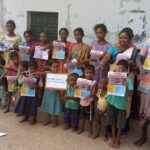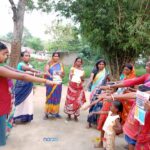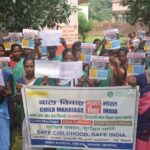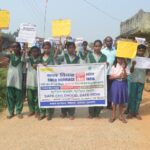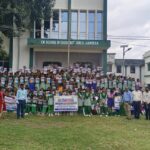
Welcome to Child Marriage Free India!
Child marriage is not just a tradition; it is a heinous crime that deprives children of their childhood, violating basic human rights. Girls forced into marriage endure mental trauma, physical and biological stress, and domestic violence. The consequences are severe, affecting maternal and infant health, reproductive well-being, education, decision-making powers, and mental health.
India's Census 2011 disclosed that 12 million children were married before the legal age, with 5.2 million being girls. Globally, child marriage is identified as a crime, finding a place in the UN Sustainable Development Goals (Goal 5.3). Despite efforts, the National Family Health Survey (2019-21) indicates a high prevalence, necessitating a united front against this menace.
Child Marriage Free India Campaign:
Understanding the gravity of the issue, the Hon'ble Supreme Court of India declared sexual intercourse with a wife under 18 as rape. In response, the Child Marriage Free India (CMFI) campaign was launched, led by women leaders and a coalition of 160+ NGOs across 300 districts. The goal is to reduce child marriage prevalence to 5.5% by 2030, aiming for a societal tipping point where this practice is universally condemned.
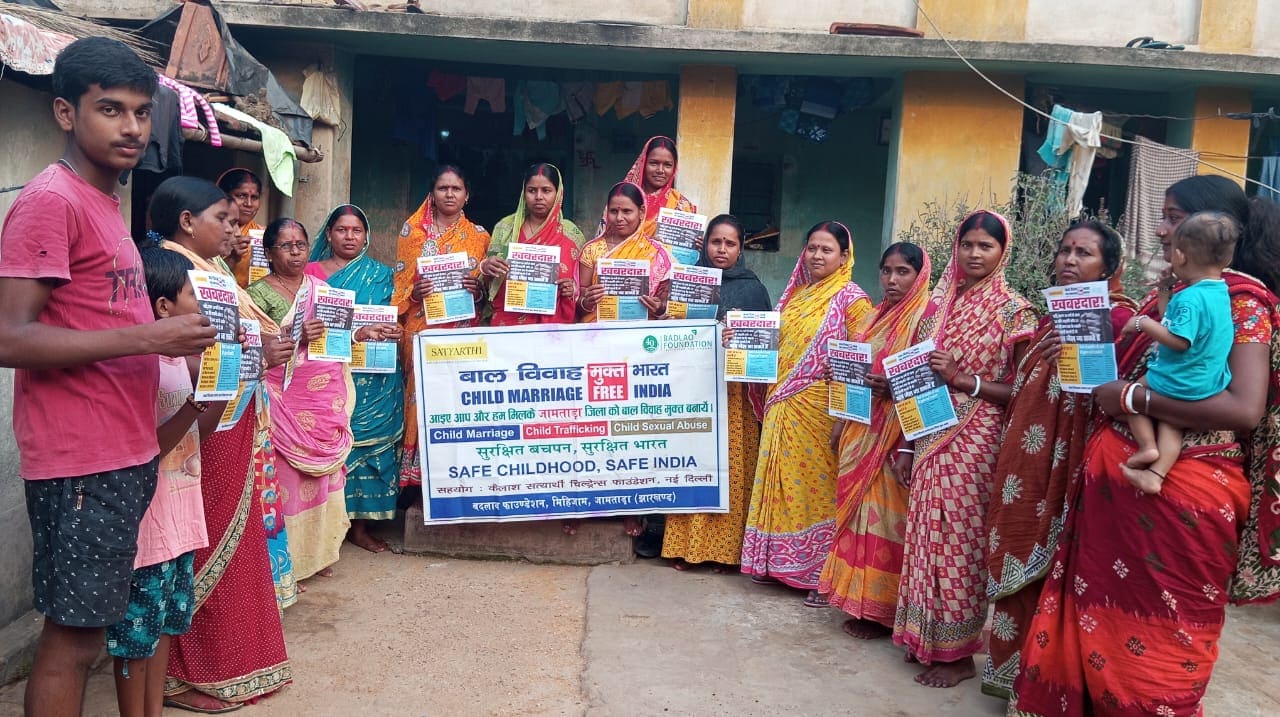
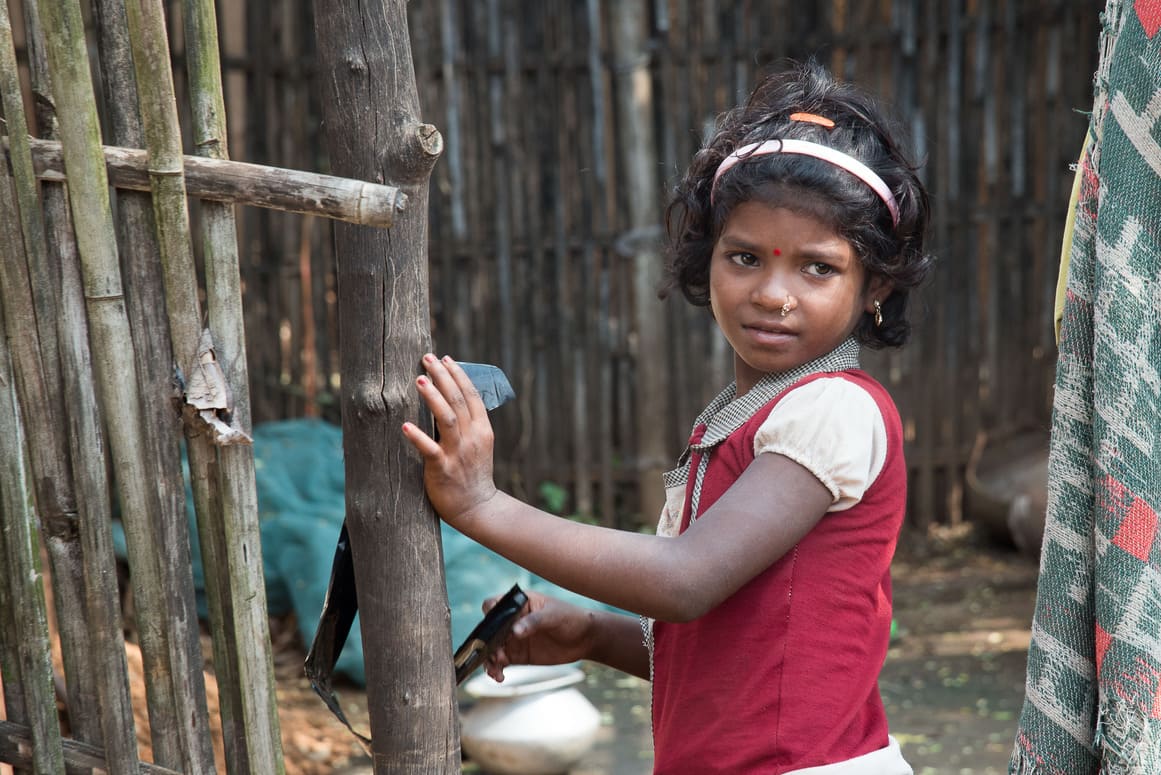
Unite for a Child Marriage
Free India
DEMANDS OF THE CAMPAIGN
The demands of the Child Marriage Free India Campaign are focused on addressing the root causes and consequences of child marriage. These demands aim to create a comprehensive and sustainable approach to eliminate this social menace. The campaign advocates for:
Ensure education for all children until class 12 (or 18 years of age, whichever is later).
Allocate specific budgets for schemes and infrastructure supporting education and vocational training until class 12.
Enable monitoring and intervention in cases of irregularities in attendance, ensuring children stay in school.
Advocate for the strict implementation and enforcement of laws against child marriage across all sections of society.
These demands highlight the importance of education, legal enforcement, and real-time monitoring as key pillars in the fight against child marriage, aiming to create a future where every child can grow up free from the shackles of early marriages.

goals of the Child Marriage Free India campaign
By setting these ambitious goals, the Child Marriage Free India campaign strives to make a lasting impact on the lives of millions of children, ensuring they have the opportunity to grow, learn, and thrive without the burden of early and forced marriages.
Reduction of Child Marriage to 5.5% by 2030:
The primary and overarching goal is to bring down the prevalence of child marriage to 5.5% by the year 2030. This target represents a substantial reduction from the national prevalence rate of 23.3%, as indicated by the latest National Family Health Survey (NFHS-5).
Focus on High-Prevalence Districts
Initially targeting 257 high-prevalence districts, the campaign plans to concentrate efforts where child marriage rates are particularly high. By addressing the issue in these regions first, the campaign aims to create a ripple effect and gradually extend its impact to all districts across the country.
Multifaceted Approach
To achieve its goals, the campaign adopts a multifaceted approach that involves legal measures, awareness campaigns, educational initiatives, and community engagement. By addressing the issue comprehensively, the campaign seeks to create sustainable change and eradicate the root causes of child marriage.
PICKET Strategy To End Child Marriage
- Enforcement of Laws: Ensure consistent enforcement of laws against child marriage, with special laws prevailing over customary or personal laws.
- Swift Justice: Establish a swift and decisive justice delivery mechanism to deter and punish those involved in child marriages.
- Prevention as Policy: Incorporate prevention of child marriage as a policy to make both the state machinery and citizens feel responsible and accountable for preventing this crime against children.
- Child Protection Institutions: Invest in institutions that focus on child protection, education, healthcare, and justice delivery.
- Incentives: Introduce conditional cash transfers to incentivize families to keep girls in schools, delaying marriage decisions.
- Rehabilitation Framework: Develop a resilient rehabilitation framework to support girls in child marriages, providing legal and mental health support.
- Unified Efforts: Ensure that all government departments, institutions, NGOs, and community stakeholders work together cohesively.
- Child-Centric Development: Align schemes and interventions toward child-centric community development, emphasizing child participation and empowerment.
- Educational Initiatives: Enhance knowledge and awareness among children, parents, community members, and stakeholders to empower them to combat child marriage collectively.
- Empowering Girls: Knowledge empowers girls to voice their concerns and resist forced marriages, breaking the cycle of generational conditioning.
- Societal Transformation: Aim for a societal transformation where child marriage is non-existent.
- Multi-pronged Intervention: Implement interventions at all levels to change societal perceptions, behaviors, and acceptance towards child marriage.
- Real-time Data Analysis: Utilize technology for real-time attendance data analysis, helping reduce child trafficking, child marriage, and school drop-out rates.
- Technological Innovations: Explore the use of machine learning and artificial intelligence to support child protection and create a safe environment for children.
